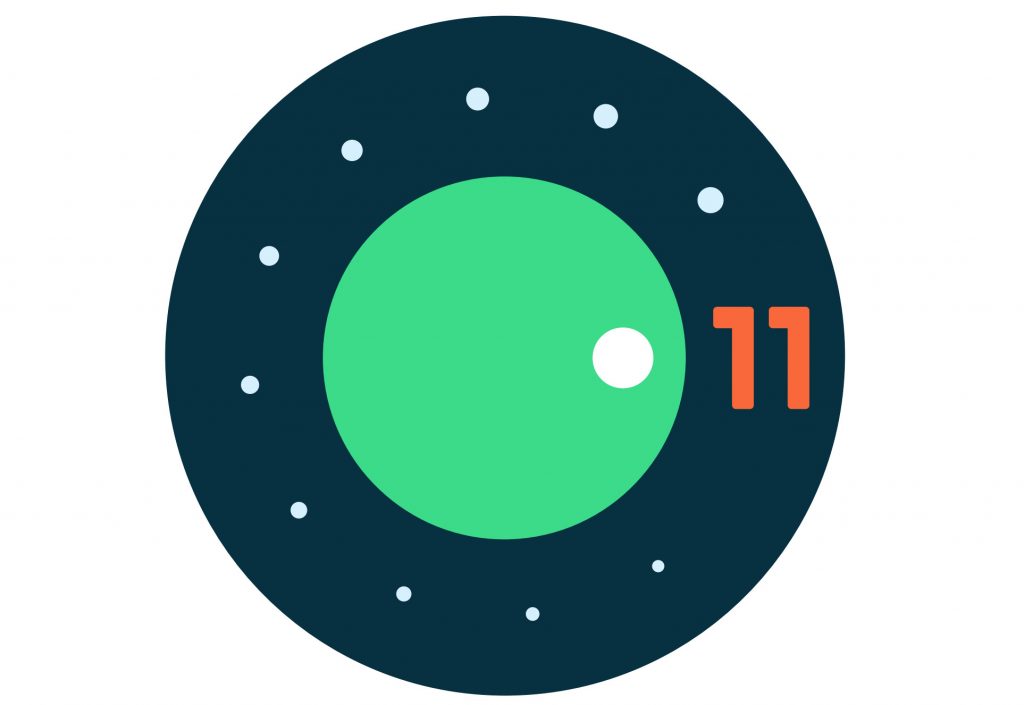 Google introduced seamless updates back in 2016 with Android 7.0. Any Android smartphone that features Seamless System updates will have two partitions; A and B and when a firmware update arrives, it is downloaded and installed on the second inactive partition. Once the update is downloaded and installed, the phone will boot into the newly updated firmware. The key motive behind this feature is user can continue using the phone during an OTA (over-the-air) update installation process with very little downtime. Moreover, it also reduces the risk of errors on a new OTA firmware and if something does happen during the update process, the phone will boot into the old partition, until the new update is tried again. After Google, LG, HTC, Motorola, OnePlus, ASUS, Sony and others introduced seamless updates, but Samsung, OPPO, HUAWEI and Vivo still don't use this so updates are done through a dedicated updater in a recovery process making the users wait for several minutes before it is complete. Google won't allow this from Android 11 so all the Android 11 devices will have to support seamless updates in devices launching later this year or early next year. This is confirmed by the latest commit to the AOSP ...
Google introduced seamless updates back in 2016 with Android 7.0. Any Android smartphone that features Seamless System updates will have two partitions; A and B and when a firmware update arrives, it is downloaded and installed on the second inactive partition. Once the update is downloaded and installed, the phone will boot into the newly updated firmware. The key motive behind this feature is user can continue using the phone during an OTA (over-the-air) update installation process with very little downtime. Moreover, it also reduces the risk of errors on a new OTA firmware and if something does happen during the update process, the phone will boot into the old partition, until the new update is tried again. After Google, LG, HTC, Motorola, OnePlus, ASUS, Sony and others introduced seamless updates, but Samsung, OPPO, HUAWEI and Vivo still don't use this so updates are done through a dedicated updater in a recovery process making the users wait for several minutes before it is complete. Google won't allow this from Android 11 so all the Android 11 devices will have to support seamless updates in devices launching later this year or early next year. This is confirmed by the latest commit to the AOSP ...
Check for tech updates, mobile phone launches, specifications and features of mobile phones, top best apps and lot more.
Advertisements
Wednesday, 8 April 2020
Google will require A/B Seamless System updates for phones launching with Android 11
 Google introduced seamless updates back in 2016 with Android 7.0. Any Android smartphone that features Seamless System updates will have two partitions; A and B and when a firmware update arrives, it is downloaded and installed on the second inactive partition. Once the update is downloaded and installed, the phone will boot into the newly updated firmware. The key motive behind this feature is user can continue using the phone during an OTA (over-the-air) update installation process with very little downtime. Moreover, it also reduces the risk of errors on a new OTA firmware and if something does happen during the update process, the phone will boot into the old partition, until the new update is tried again. After Google, LG, HTC, Motorola, OnePlus, ASUS, Sony and others introduced seamless updates, but Samsung, OPPO, HUAWEI and Vivo still don't use this so updates are done through a dedicated updater in a recovery process making the users wait for several minutes before it is complete. Google won't allow this from Android 11 so all the Android 11 devices will have to support seamless updates in devices launching later this year or early next year. This is confirmed by the latest commit to the AOSP ...
Google introduced seamless updates back in 2016 with Android 7.0. Any Android smartphone that features Seamless System updates will have two partitions; A and B and when a firmware update arrives, it is downloaded and installed on the second inactive partition. Once the update is downloaded and installed, the phone will boot into the newly updated firmware. The key motive behind this feature is user can continue using the phone during an OTA (over-the-air) update installation process with very little downtime. Moreover, it also reduces the risk of errors on a new OTA firmware and if something does happen during the update process, the phone will boot into the old partition, until the new update is tried again. After Google, LG, HTC, Motorola, OnePlus, ASUS, Sony and others introduced seamless updates, but Samsung, OPPO, HUAWEI and Vivo still don't use this so updates are done through a dedicated updater in a recovery process making the users wait for several minutes before it is complete. Google won't allow this from Android 11 so all the Android 11 devices will have to support seamless updates in devices launching later this year or early next year. This is confirmed by the latest commit to the AOSP ...
-
Here are the social profile links that I have worked on for Backlinks https://docs.google.com/presentation/d/1gAvVQYafqO_jWsSIz3N95Sy3q5KAx...
-
The Optimus L4 II E440 owners may also want to keep their device up-to-date. So we thought of giving you a tutorial of how to upgrade Opt...
-
Vivo launched the vivo V17 smartphone late last year in India with a Super AMOLED display, 32MP in-screen camera, and more. The successor t...